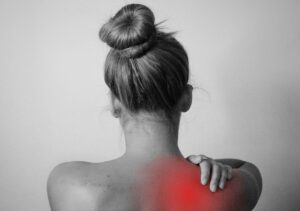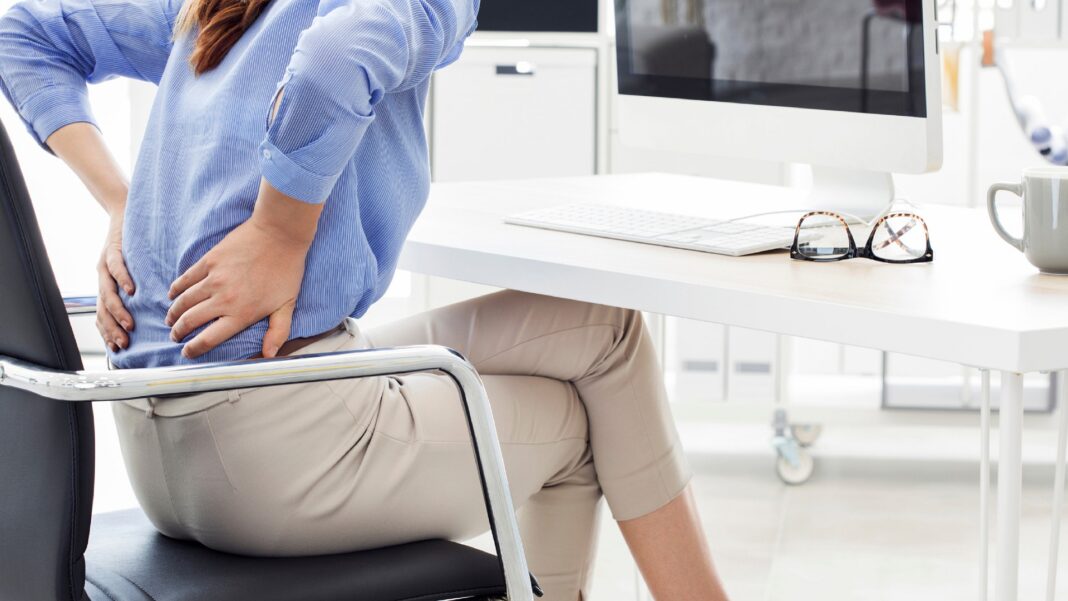Back pain can be uncomfortable, forcing you to call in sick at work or from your usual schedule. These pains can result from a medical condition, injury, or physical activity. Back pains are experienced by people of all ages, from children to senior citizens, for different reasons. However, you are likely to experience frequent back pains as you get older, especially in the lower back. This is mostly because of degenerative disk disease or previous occupation.
Pain in the upper back is often linked to disorders of the aorta, spine inflammation, and tumors in the chest. On the other hand, lower back pains are associated with lower back muscles, internal pelvic organs, the skin around the lumbar area, and abdominal organs. As stated before, back pains result from different factors and manifest differently in people. This article tackles some of the common causes of back pain and the best relief methods.
Common Causes of Back Pain
Pulled Muscle or Tendon 
Lifting heavy objects, working out, and sleeping in a bad position can leave you with a sore back. Frequently engaging in these activities can cause a strain on your back, eventually leading to strained muscles and tendons, especially in your lower back. Pain resulting from pulled muscles can cause tightness and spasms.
Inflammation
Inflammations are often a result of the body’s immune system responding to a problem. However, this response can cause pain and discomforting heat. Inflammations caused by diseases or injuries can lead to chronic back pains that affect the spine.
Structural Problems
There are several structural problems that can cause back pains. These include:
-
Ruptured disk- each bone in the spine is held together and cushioned by disks. Damage or rupture to these disks increases pressure on the nerves, resulting in back pains.
-
Sciatica- This is a sharp and shooting pain that travels through the buttocks to the back of the leg and is caused by a herniated or bulging disk pressing on a nerve.
-
Arthritis- osteoarthritis causes pain in several parts of the body, including your joints, lower back, and hips.
-
Osteoporosis- this is a bone loss disorder experienced mostly by older women. This condition causes the bone to become brittle and porous, increasing the risk of fractures.
Movement and Posture
Most people today suffer back pains as a result of poor postures. This is mainly because of the hunched sitting position people use while working or lounging. Adopting this position can lead to posture and back problems in the future. Other activities that cause back pains include:
-
Muscle tension
-
Over-stretching
-
Bending awkwardly for long periods
-
Pushing, pulling, lifting, or carrying heavy boxes and objects.
-
Long driving sessions without breaks
-
Bad sleeping position on a mattress that doesn’t support an appropriate posture
Treatment Options for Back Pains
There are several treatment options you can use to relieve your back pain. These vary from lifestyle changes to taking prescription medicine. Below are some of the best ways to get relief from back pain.
Sleep Better 
Back pains are often made worse with poor sleep. To ease your back pain, you should improve your sleeping posture by lying on your side. Put a pillow between your knees to balance your spine and reduce the strain on your back. You can as well get an orthopedic mattress to help you sleep better.
Medication
The pain can sometimes become unbearable, making it impossible to go about your daily routines. To effectively manage this pain, you can consult your physician on the best over-the-counter medications to help with the pain. You can choose between acetaminophen and nonsteroidal anti-inflammatory drugs. Each of these drugs has its side effects; this means you need to choose one that works for you best.
Try taking probiotics to keep yourself in good health.
Good Posture
Slouching or hunching over at work can increase your back pain and even cause stress on your spine, especially when you maintain this position for extended periods. Instead of slumping over your workstation, sit upright with your shoulders relaxed and back supported against the chair. You should also consider putting a rolled towel or pillow between your lower back and seat. This will help improve your posture and relieve your back pains.
Prescription Pain Relievers 
Aside from over-the-counter drugs, you can use other forms of pain relievers to ease your back pain. You can choose prescription-strength NSAIDs or opioid medications to help with pain management. However, before committing to any pain reliever, you should consult with your pharmacist or doctor. This way, you can avoid overdosing on certain active ingredients. Your doctor can as well recommend pain patches and muscle relaxants to ease painful muscle spasms.
Antidepressant Medications
Antidepressant medications are not only used to manage anxiety or depression. This medication can be used as part of chronic low back pain treatment. More research is currently underway to determine the use of antidepressants to manage pain. However, some studies show that these medications contain chemical compounds that influence messengers that affect pain signals in the body.
Physical Therapy 
Physical therapy is one of the most effective ways to relieve back pains. With the help of a therapist, you can learn how to sit, stand, and move to align your spine and alleviate strain on your back properly. You can also learn core exercises to strengthen your core muscles and prevent back pains in the future.









![Best Realtors in Marco Island [Updated April 2023] best realtors in Marco Island](https://www.tidewaternews.com/wp-content/uploads/2023/02/best-realtors-in-Marco-Island-100x70.png)

